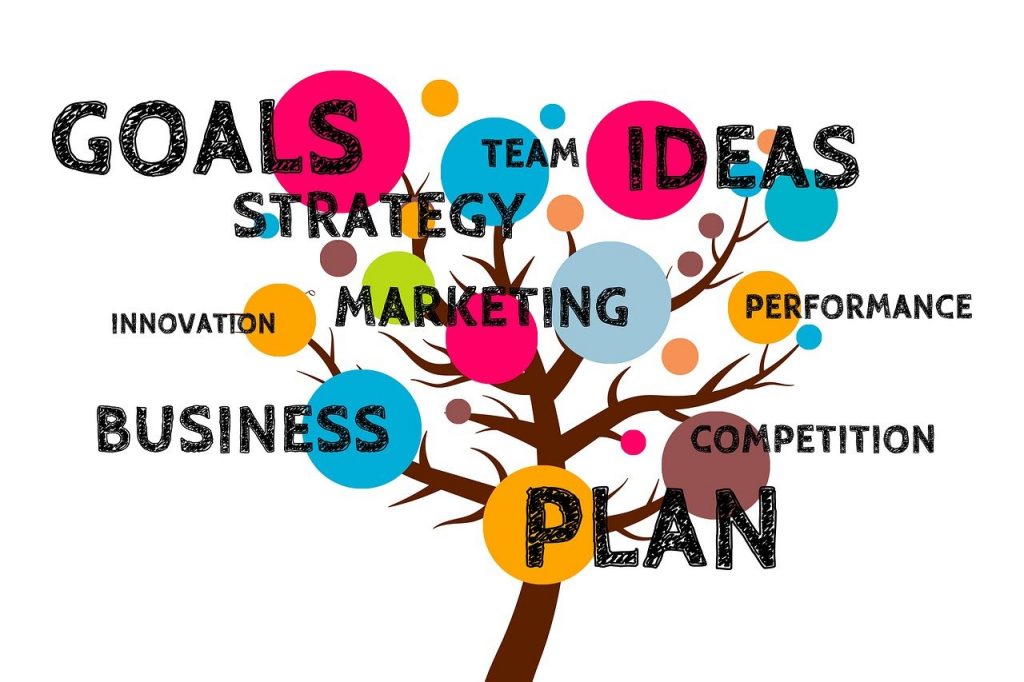From small-scale initiatives to large-scale programs, project management is essential to their effective completion. Successful project management requires a blend of strategic planning, efficient resource management, strong communication, and adaptive approaches. The finest practices that can greatly improve project management outcomes and promote project success will be discussed in this article.
What is Project Management?
Project management entails keeping an eye on the entire project’s lifetime, from planning to completion. It encompasses defining project objectives, creating a detailed project plan, allocating resources, monitoring progress, and ensuring timely completion. It involves coordinating various resources, such as people, time, and budget, to deliver the desired outcomes while managing risks and uncertainties.
Importance of Project Management:
Effective project management is vital for organizations to achieve their strategic objectives. It provides structure and clarity, minimizes risks, optimizes resource utilization, and ensures alignment between project deliverables and stakeholder expectations.
Key Elements of Successful Project Management:
To achieve project success, several key elements must be in place throughout the project lifecycle:
- Clear Project Goals:
Clearly defining project goals and objectives is crucial for guiding the project team and stakeholders. Well-defined goals provide a clear direction and enable effective decision-making throughout the project.
- Effective Communication:
Open and transparent communication is the backbone of successful project management. Regular communication among team members, stakeholders, and clients ensures everyone is aligned, facilitates problem-solving, and mitigates potential conflicts.
- Efficient Resource Allocation:
Optimal resource allocation involves assigning the right people to the right tasks at the right time. Effective project managers carefully balance resources to ensure productivity, avoid bottlenecks, and maximize efficiency.
- Risk Management:
Risk management and identification are essential for project success. Anticipating potential problems, creating mitigation plans, and regularly monitoring and addressing risks during the project are all parts of proactive risk management.
Establishing Project Management Best Practices:
Companies should think about putting the following best practices into practice to lay the groundwork for effective project management:
- Define Standard Processes:
Standardized procedures offer a framework for consistently carrying out projects. Developing documented procedures and templates for project initiation, planning, execution, and closure ensures that project teams follow a structured approach. This consistency improves efficiency, reduces errors, and facilitates knowledge sharing across projects.
- Use Project Management Tools:
Utilizing project management tools and software can significantly enhance productivity and collaboration. Scheduling, task assignment, document sharing, and progress tracking are all made easier by these technologies. Project management solutions assist teams in remaining organized and informed by centralizing project information and enabling real-time updates.
- Encourage Collaboration:
Collaboration that works well between team members encourages innovation, information exchange, and problem-solving. Encourage open communication channels, create platforms for collaboration, and establish a supportive team culture. Collaboration tools, regular team meetings, and brainstorming sessions can facilitate effective collaboration throughout the project lifecycle.
Adopting Agile Project Management:
Agile project management has gained popularity due to its flexibility, adaptability, and iterative approach. Agile methodologies, such as Scrum or Kanban, focus on delivering value incrementally, accommodating changing requirements, and promoting continuous improvement. By embracing agile practices, organizations can respond quickly to evolving project needs, increase stakeholder satisfaction, and reduce project risks.
- Agile Methodology Overview:
Agile methodologies prioritize delivering working solutions in short iterations called sprints. The project is divided into manageable tasks, and the team collaborates closely to complete each sprint and gather feedback for future iterations.
- Benefits of Agile:
Agile project management offers several benefits, including increased customer satisfaction, improved project visibility, faster time-to-market, and enhanced adaptability to changing circumstances. It promotes transparency, collaboration, and continuous learning, enabling teams to deliver value efficiently.
- Implementing Agile Practices:
To implement agile practices successfully, organizations should provide adequate training and support to project teams. Establish cross-functional teams, implement daily stand-up meetings, use visual task boards, and encourage frequent client feedback. Continuous iteration, adaptation, and transparency are at the core of agile project management.
Monitoring and Evaluation:
Monitoring project progress is essential for timely intervention and course correction. Regularly track project milestones, key performance indicators, and resource utilization. Use project management software to generate reports and visual dashboards that provide insights into project status and performance.
- Tracking Progress:
Implement a robust system for tracking project progress against predetermined timelines, deliverables, and quality standards. This allows project managers to identify deviations, risks, and bottlenecks, enabling timely adjustments to keep the project on track.
- Regular Performance Reviews:
Periodic performance evaluations offer the chance to evaluate the performance of the project team, pinpoint strengths and flaws, and offer helpful criticism. These evaluations also aid in pinpointing problem areas, fostering teamwork, and highlighting individual contributions.
Effective Team Management:
The success of a project depends on a motivated and empowered project team. Effective team management requires;
- Building a Strong Project Team:
Carefully select team members based on their skills, experience, and fit with the project requirements. Foster a positive team culture, encourage open communication, and provide opportunities for professional growth and development.
- Motivating and Empowering Team Members:
Motivation is key to maintaining high team productivity. Encourage autonomy, recognize achievements, provide clear roles and responsibilities, and foster a supportive work environment. Empowered team members take ownership of their work, leading to improved project outcomes.
Continuous Improvement:
Continuous improvement is essential for refining project management practices and delivering better results in future projects.
- Learning from Past Projects:
Reviewing and learning from past projects helps identify areas of improvement and avoid repeating mistakes. Conduct project post-mortems to evaluate successes and failures, document lessons learned, and share best practices across the organization. This knowledge-sharing promotes continuous improvement and enables teams to refine their project management approach.
- Collecting Feedback:
Collecting feedback from stakeholders, team members, and clients is crucial for understanding their expectations, identifying gaps, and making necessary adjustments. Routinely solicit criticism through overviews, gatherings, and open correspondence channels. This criticism circle assists upgrade project results and reinforces associations with partners.
Conclusion:
For a task to find true success, effective project management is fundamental. Associations can further develop project arranging, execution, and results by sticking to the accepted procedures referenced in this article. To effectively finish a project, it is critical to have clear project goals, great communication, productive asset portion, the risk to the executives, and the utilization of agile practices.
Monitoring progress, effective team management, continuous improvement, and learning from past projects further elevate project management capabilities. By implementing these practices, organizations can optimize project performance, increase stakeholder satisfaction, and drive successful project outcomes.






